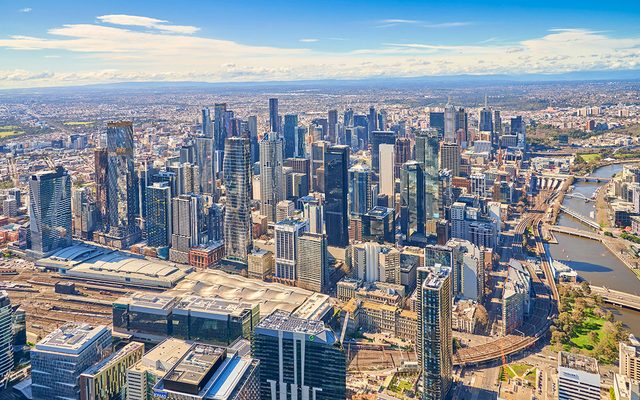This article is from the Australian Property Journal archive
AS Australia’s population ages and new health crises emerge, healthcare spending is posed to continue on its upwards trajectory.
CSIRO has named “the escalating health imperative” as one of seven megatrends in its new Our Future World report for the decade, recognising the significance of social and economic determinants of health in Australia.
According to the report, Australia already spends more on healthcare than the OECD average of 8.8% of GDP, at 10%, with healthcare also accounting for the top share of government expenditure at 24.3% in 2018-19, as Australia spent $185.4 billion on healthcare in 2018.
While the average annual health spending per capita has also increased over the last two decade to 2018-19, reaching $7,772 from $5,328 and growing at average rate of 2.7%.
COVID has likely only accelerating this pattern of growth, with the ratio of health spending to GDP previously anticipated to rise to 13% by 2030, ahead of factoring in the impacts of the global pandemic.
A major factor in rising health expenditure is the country’s ageing population, with Australians aged 65 years or over expected to increase from 16% in 2019–20 to 23% by 2060–61, though again this forecast comes in before the full impact of COVID-19 has been measured.
An older population means a lower ratio of working age to non-working age Australians, with an estimated drop from 4.0 to 2.7 over the next four decades, while over the same period GDP is forecast to grow at a slower rate, climbing 2.6%, compared to 3.0% in the previous 40 years.
Australians are also likely to put a greater strain on the public healthcare system, as private health insurance falls out of favour, especially among younger people who are most impacted by stagnant wages paired with rising private health insurance premiums.
CSIRO presents Australia’s waning health as an opportunity to invest more in preventative measure, such as health protections like vaccines and legislative interventions, over mass health promotion.
“An analysis across high-income countries found health protection and promotion interventions return an average of $14.30 in benefits for every $1 invested,” read the report.
“COVID-19 provides a unique window of opportunity to accelerate progress on the socio-economic determinants of health, with previously unforeseen policy actions in housing, social support and education rapidly implemented in response to the pandemic.”
Currently health protection and promotion accounts for a small share of health spending in Australia, with this allocation declining from 2.1% in 2008-09 to 1.5% in 2018-2019.
“Given that the benefits of preventative health typically unfold over longer timespans, future investments will require broad-based support,” the report said.




